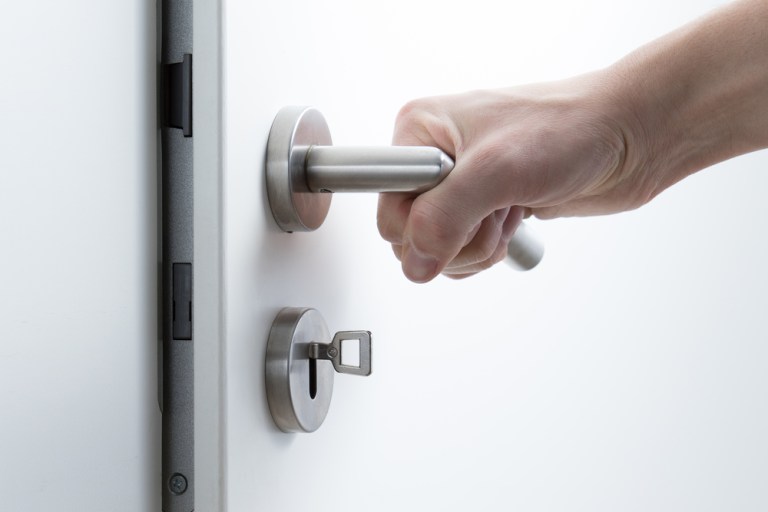
Imagine a coffee shop. In this imaginary coffee shop — let’s call it Mooncheddar — there are tables and chairs, a service counter staffed by hip, young millennials with half-shaved heads, delicious and ethically sourced coffees, pastries baked in-house, free WiFi and even mobile ordering.
Mooncheddar sounds like it has it all. But would you eat and drink there if the restrooms were filthy?
Many customers wouldn’t. That’s why, in an effort to create the best possible experience for paying customers, many cafes, restaurants and other retailers only allow their paying customers to use the restrooms on site. Anyone else who walks in is out of luck.
But what if the restroom experience could be monetized, optimized and streamlined, all at once? That’s the question Fran Heller, Good2Go founder and CEO, set out to answer when creating the Good2Go app, just launched in San Francisco, which helps people find clean restrooms while they’re out and about — and, added Heller, helps the businesses providing those restrooms in the process.
For patrons of the establishment, to use the restroom there are two options: Those who have the app can use it to unlock the restroom door or claim their spot in line if there’s a queue — that way they can remain at the comfort of their table until it’s their turn, rather than standing around waiting.
Those who don’t have the app won’t be left hanging, however, said Heller. Clear signage will hang around the restroom area indicating that customers must either download the app or go to the barista to receive a paper QR code that will unlock the door in the same way.
Either way, said Heller, if a customer is patronizing the establishment, accessing the facilities is free.
The monetization opportunity comes from those who’re not already buying something from the business and are only visiting to use the restroom. Maybe this person is a mom or a nanny looking for a changing table for a baby. Or maybe he or she is a tourist in an unfamiliar city, surrounded by strangers speaking an unfamiliar language.
In both instances, said Heller, the app can help that person locate a restroom that’s clean and has the features they need. Heller said every Good2Go restroom is equipped with the same hands-free fixtures, water-conserving technology and baby changing station. They’re also all ADA-compliant, single-stall, gender-neutral facilities so customers of any physical ability or gender can feel comfortable using them, she said.
To access the restroom, users simply scan the code generated on their smartphone to unlock the door.
If they miss their turn, the code times out and notifies the next person in line that it’s their turn. The first person has the option to rejoin the queue, said Heller. Alternatively, if there’s a long line, the customer can redirect to a nearby restroom with a shorter wait.
Heller said monetizing restrooms can be a great opportunity for businesses that have the right neighbors. For example, if Mooncheddar is located next to a theater, it may see an influx of people hoping to borrow its facilities before, after or during the intermission of a show. That can be disruptive to paying customers’ experiences, she said. It can also leave a mess or use up supplies.
Managing the queue digitally keeps things organized and efficient, she said, ensuring that patrons can still access facilities when they need them. After leaving the restroom, guests are asked to rate it and notify staff if anything needed to be fixed, cleaned or refilled, helping to ensure that critical items like soap and toilet paper are there when customers need them.
Heller believes retailers like cafes and quick-service restaurants (QSRs) around the city are just the beginning of the possibilities for such a technology. Tokyo, Japan, she said, is considering installing Good2Go restrooms around the city in time for the 2020 Olympics. Heller said the app also has potential at events: Parades, music festivals, opera houses, night clubs and anyplace where many people may find themselves vying for a limited number of restrooms at the same time.
For now, said Heller, the mobile app is free to use for early adopters in San Francisco. Once the free promotion ends, Good2Go will be shifting to a subscriber pay model that allows short-term users (like tourists) to subscribe for a week or long-term users (like parents and on-demand workers) to subscribe for unlimited access all month.
She added that the company is exploring longer-term, parent-friendly promotions that could potentially include automatic renewals, but that option is not yet available.